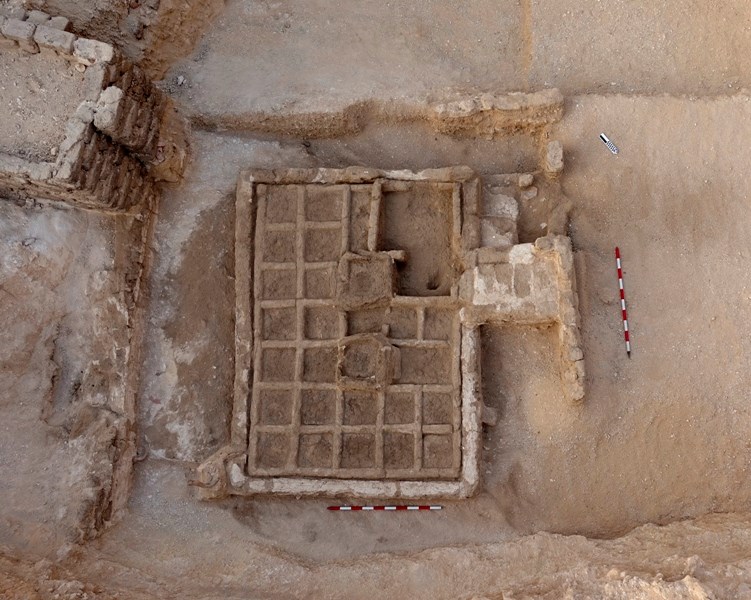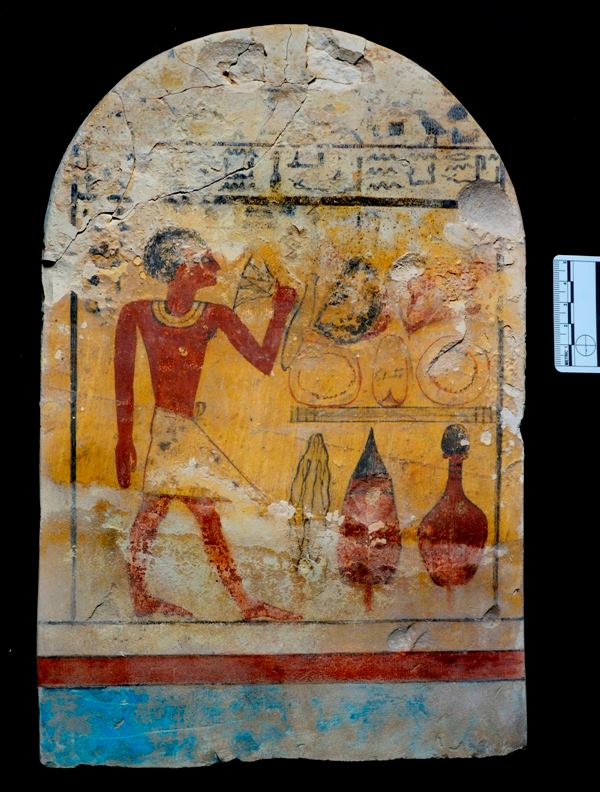
A Spanish archaeological mission working in Draa Abul Naga necropolis on Luxor’s west bank has discovered a 4000-year-old funerary garden
According to a statement released by the Ministry of Antiquities, Head of the Ancient Egyptian Antiquities Mahmoud Afifi said the funerary garden has been unearthed at the open courtyard of a rock-cut tomb of the Middle Kingdom.
He continued that the layout of the garden measures 3 meters x 2 meters and is divided into squares, 30 centimeters each.
These squares seem to have contained a variety of plants and flowers. At one of the corners of the funerary garden, the root and the trunk of a 4000-year-old tree have been preserved to a height of 30 centimeters. A bowl that contains preserved dates and other fruits was found.
“The discovery of the garden may shed light on the environment and gardening in ancient Thebes during the Middle Kingdom, around 2000 BCE,” said Afifi.
Head of the Spanish Mission Jose Galan said there is a small and squared garden represented at the entrance of the funerary monument, on the walls of a number of new kingdom tombs. He believes that it had a symbolic meaning and must have played a role in the funerary rites.
“These discoveries underscore the relevance of the central area of Draa Abul Naga as a sacred place for the performance of a variety of cultic activities during the Middle Kingdom,” said Galan.
The Spanish mission has been working for 16 years in Draa Abul Naga on Luxor’s west bank, around the early 18th Dynasty rock‐cut tombs of Djehuty and Hery.







Comment (1)
[…] 4,000 Year Old Funerary Garden Discovered in Luxor […]